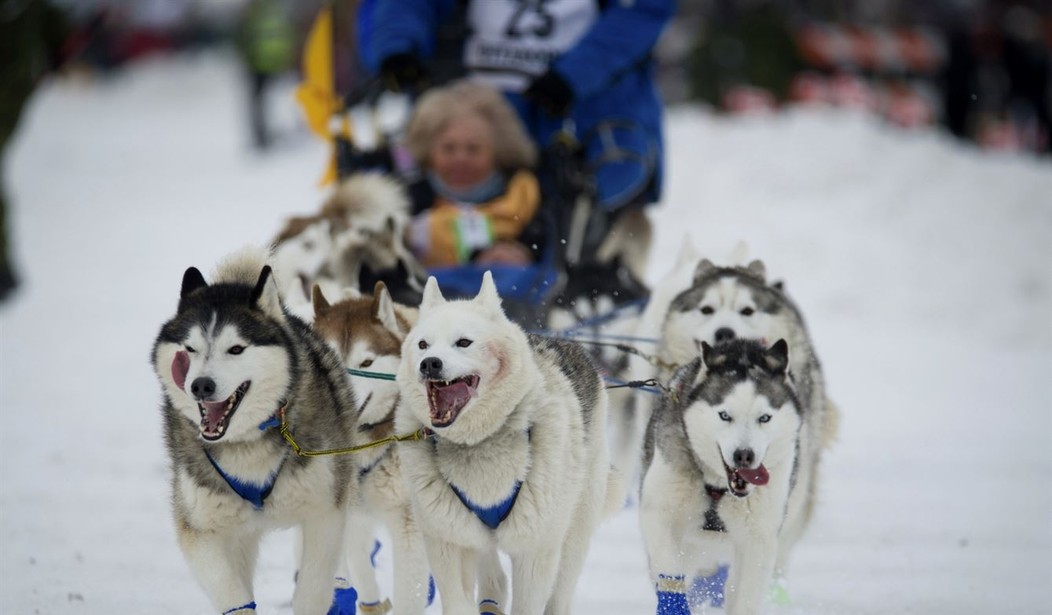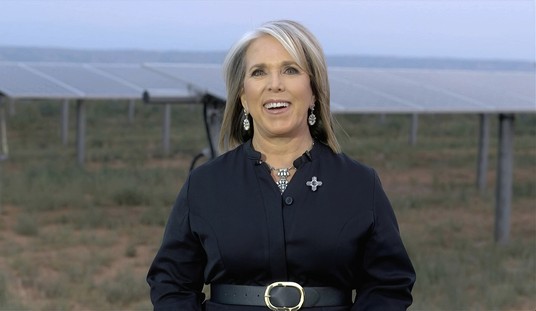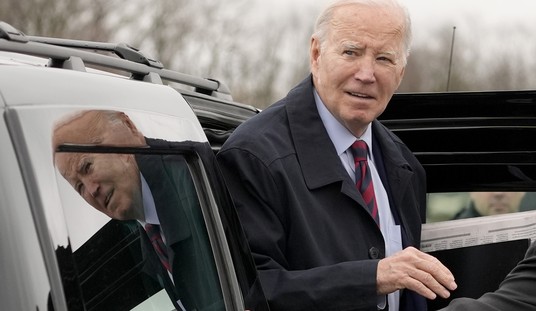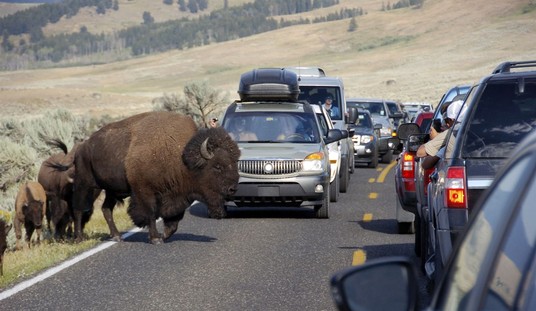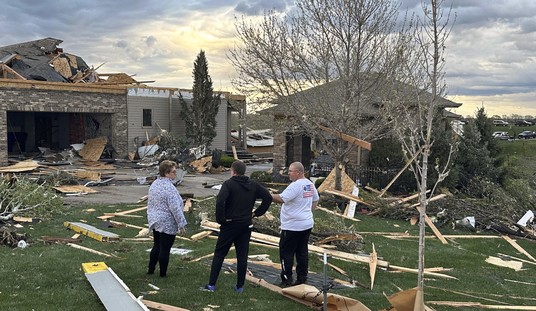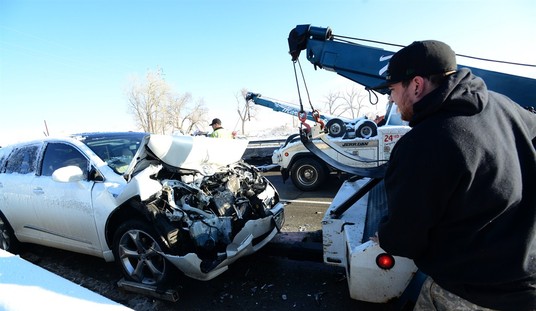Here in the Great Land (like many places), we Alaskans have our own traditions, customs, and annual events, many of which are the things that make Alaska so uniquely Alaskan. One of those is the famous Iditarod sled dog race. As of this writing, the 2024 Iditarod is officially underway, having kicked off with the ceremonial start in Anchorage.
Then on Sunday, the actual, dogs-in-traces, mushers-on-sleds part of the race starts, right here in the Susitna Valley, a short drive from where I sit as I write these words. You can watch the progress of the race on the official page here.
The Iditarod racers will cover over a thousand miles in the course of the race, much of it through what can only be described as a howling wilderness. This year's lineup of mushers includes 2023's champion, Ryan Redington, and a host of others—and this year, the lineup has not been without controversy.
The 38-team field includes 27 Alaskans, four international mushers, 16 rookies, 22 veterans, 27 men and 11 women, and three former champions — Dallas Seavey, Pete Kaiser, and defending winner Ryan Redington.
Redington’s victory last year was a popular one among fans, as Redington holds a strong lineage in the race. His grandfather Joe Redington Sr — known as the “Father of the Iditarod” — played a key role in the creation of the event, starting with the inaugural running in 1973.
The 2024 race hasn’t been without controversy, however, as two mushers were disqualified in the days leading up to the race; first with reigning rookie of the year Eddie Burke Jr. — who was later reinstated following the dismissal of assault charges — and then with the 2022 race champion Brent Sass, who is accused of sexual assault by multiple women. Sass has repeatedly denied all accusations, and no charges have been filed by authorities.
The 2024 race will proceed along the northern route; traditionally, the race alternates between northern and southern routes each year. The northern route starts at Willow Lake, moves through checkpoints at Yentna Station and Skwetna (this stretch is known, for reasons that should be obvious, as "Moose Alley"), thence along the southern part of the Alaska Range to Finger Lake, over Rainy Pass (generally considered the most dangerous portion of the race,) down the Happy River Gorge, and then on to follow the Tatina River.
The river route poses a risk of dogs and mushers going through the ice—and in an area far from any possible help except from other mushers. This initial part of the route continues through Nilolai, a Native settlement for whom the Iditarod is a welcome local event, then on to McGrath and Takotna, where the northern and southern routes diverge.
The northern route, run in even-numbered years, goes through the checkpoints at Ophir, Cripple, Ruby, Galena, Nulato and Kaltag—a 77-mile run. At Kaltag the northern and southern routes merge, and the race runs through Unalakleet, Shaktoolik, Koyuk, Elim, Golovin, White Mountain, and Safety before arriving in Nome. The entire 975-mile route can take an experienced musher from eight to 15 days to complete.
You can view a map of the entire route here.
See Related: Sports, Great Land Edition: The 2024 Iron Dog Race
The 'Alaska Man' Games - Why Should Florida Have All the Fun?
Interestingly, the Iditarod race did not originate with the famous Nome serum run, which included the famed dog Balto, althought it did run over much of the current Iditarod route. Instead, an Alaskan named Joe Redington, the "Father of the Iditarod," founded a race along the historic Iditarod trail, which kicked off on that route in 1967 when 58 mushers ran along a portion of the original trail between Knik and Wasilla. The first Iditarod on the present route was not run officially until 1973.
Readers may have noticed that current champ Ryan Redington shares the race founder's surname. In Ryan Redington's 2023 race bio, he explains why in his own words, adding how his own kids are "carrying on the family tradition":
My grandfather is Joe Redington Sr.[...] My dad is Raymie who has raced in the Iditarod 14 times. My grandpa, dad and Uncle Joee are all in the Mushing Hall of Fame. My daughter Eve and son TJ are also carrying on the family tradition racing.
In years past, the Iditarod has been protested by animal rights nuts, who claim that the dogs are mistreated during the race. Knowing a few mushers, I can say with great certainty that these people love their dogs, and you've never seen happier dogs than those sledders when they are harnessed up and running - their ears and tails are up, their eyes bright, and they bark excitedly. These dogs are, to coin a phrase, born to run, and they love it as much as a good gun dog loves the smell of feathers on a fall morning.
Alaska isn't called the Great Land for nothing. The vastness of the landscape is impressive and, at times, daunting. I am fond of telling people from the lower 48 that I can describe Alaska with three words: Vast, wild, and free. Few Alaskan traditions show the truth of those words as much as the Iditarod, with brave mushers and their dogs covering almost a thousand miles, much of it wilderness, in the late Alaskan winter. They have only their endurance and what they can carry on their sleds to sustain them, along with their considerable courage. It's a great event and one that is certain to attract the most dedicated of mushers for many years to come.

